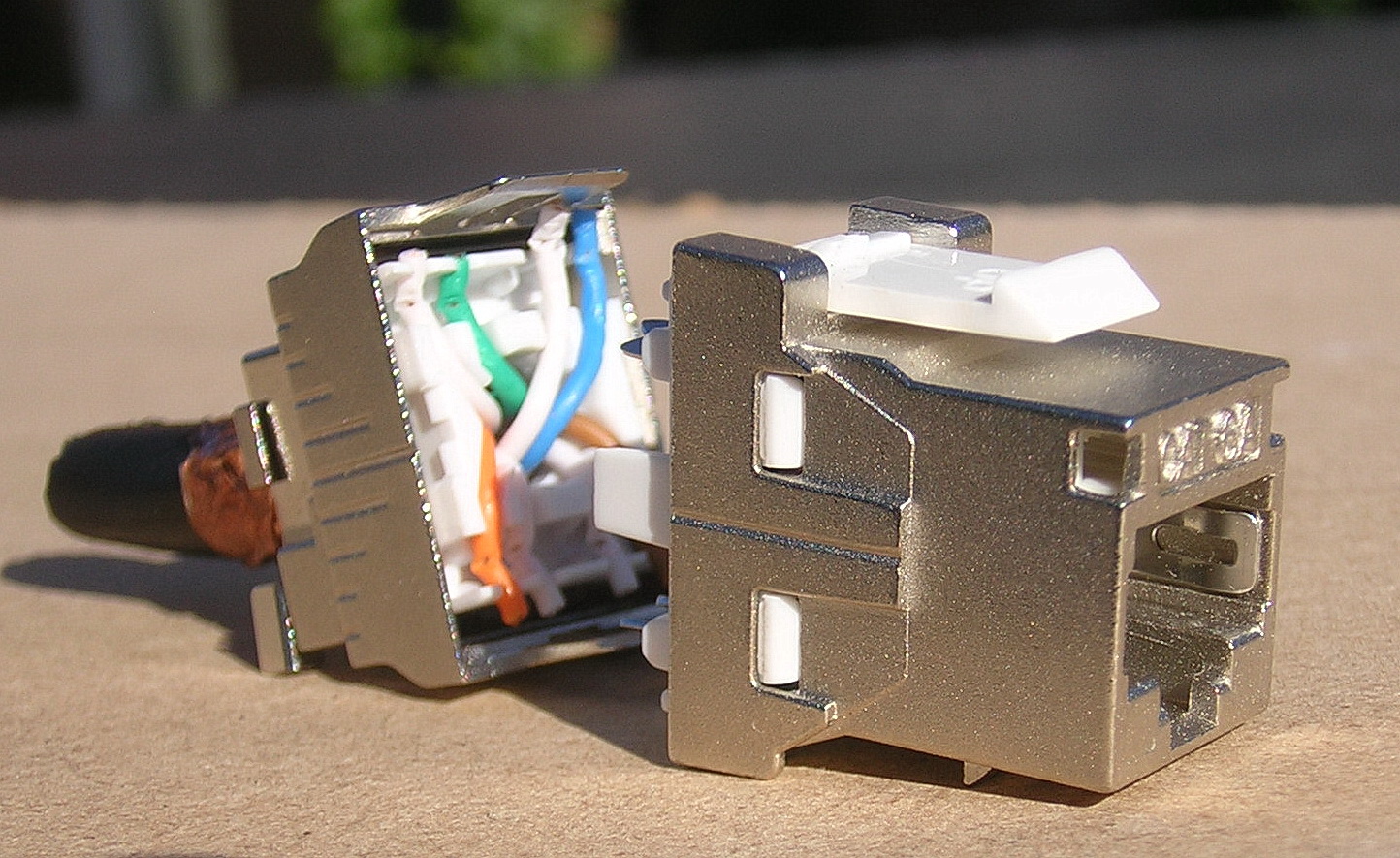I’ve recently worked on installing cat 6a cable, but was reminded how it differs from cat 5e. Some folks may rush into installing cat 6a cable, thinking “cable is just cable”. However, even after some experience installing it, I find it a challenge. It has to be done right in order to work right. Therefore, I thought it helpful to share some thoughts.
Meanwhile,I have already given a broad overview here.
Keeping it simple.
My experience is in practical installation, both internal and external. I get thoroughly filthy pulling cables up walls, and through holes. Therefore, I speak from a practical viewpoint. I have noted some geek-driven heated debates regarding the finer points of cat 6a. Some aspects, such as earthing and speeds are highly-technical and debatable. However, here comes the warning:- if you wish to argue over obscure technical points, please do it elsewhere. I am a practical bloke, trying to make the complex, simple. Thank-you.
What’s different?
Firstly, cat 6a has a thicker external sheath, sometimes shielded. Next, individual pairs are foil-sheathed. Therefore, it is around 50% bulkier than Cat 5e. Furthermore, it requires shielded modules. Also, it has a bare steel“drain wire” for earthing. The idea is to keep alien (!) signals out of the pairs of wires. However, it’s strength can also be it’s weakness. More to read on features and benefits here.
Earth. It Matters.
Important! The foil shielding and drain wire must be earthed, but only at one end. Ideally, this needs to go direct to a master earth in a property, not via the earth wire in a nearby mains socket. Therefore, in nearly all my installations, I have driven a dedicated earth rod into the ground near an external cable entry point. They are less than £10.00 from electrical wholesalers, Screwfix, etc. They deal with the earthing requirement simply but effectively. Some advanced reading to be found here.
What if it’s not earthed?
Beware! Your expensive, foil-sheathed cable, designed to be resistant to stray interference, becomes a large radio aerial, attracting (rather than resisting) interference. This slows down transmission, and defeats the object of Cat 6a.
Another thing – It’s expensive!
A 305-metre cable box of Cat5e will cost around £42.50. The equivalent cat 6a will be £95.00. Modules and face-plates are double cat 5e prices. On larger installations, this soon adds up. Guess how I found out….?
“The Need For Speed”.
We skirt the edge of deeply techie stuff at this point, dealing with megahertz, namely how quickly a signal on a cable can change states. cat 5e is rated at 100Mhz, cat 6 250Mhz, cat 6a 500 Mhz. Much more to read here.
This is not a forum for geeky technical debate as I may have made clear earlier. Therefore, I will simply leave the reader to do their own research. For a simple bloke like me, it’s simply faster, much faster. It’s probably faster than most of us need. I have a regular customer who continues to specify Cat 5e for their hospitality sites.
Cat 6a is is not much use if you are only getting 15Mb from your broadband supplier. However, some of the highly-paid, home-working radiologists and doctors I’ve dealt with demand the very best. Possibly because someone’s medical diagnosis may depend on the quality and loading time of an image. This is more important than Netflix buffering.
Space.
It’s 50% thicker, less bendy, and multiple cables will need big holes. Don’t underestimate this aspect – believe me, it matters. Therefore, you will need to think out the physical aspects of installation carefully. Otherwise, your living space or office will resemble a 1930s BBC transmitter station. “Less bendy” and “bigger” will get you into trouble in tight spaces. You need to maintain the specified bend radius, meaning that it’s harmful to performance if bent like a coat hanger. I install cable, hence have felt the pain. You can run out of space quickly.
Handling
Termination is trickier. You only have one shot at it. Most cable is terminated onto “tool-less” jacks (see photo above), which should simply clip together. Frequently, they don’t. Furthermore, less-bendy cable, and longer modules equals deeper mounting back-boxes. I would strongly advise against electricians installing cat 6a cable without a good knowledge of it’s requirements for space in back-boxes. Room in back-boxes is your friend.
Time
It will take you twice as long. Mistakes caused by carelessness can be expensive. Don’t rush it.
Preparation and Planning
Allow for gentle bends, deeper back-boxes, and longer tails of cable. (Did I say that earlier? Oh, I did!)
Anything good to say?
It’s only done once! Your network will be future-proofed far beyond current or approaching requirements. You may not gain much in speed, but your more-anoraky friends will be impressed.
Meanwhile, if I can help in installing Cat6a cable, please be in touch!


Hi, A great deal of good info & advice, However, when it comes to earthing the cable(s) as in my case with strong RFI & very nearby to me your advice is to run to ground rod at one end, The NVR obviously is inside the property making it almost impossible to ground the cable without wire throughout the building, so, it would be more convenient to run to ground from the outside camera end as the ground wire would be much shorter, But with saying that, with there being 25m of cable between earth rod & NVR, to quote you, acting as an aerial, Wouldn’t it be wiser to ground it at both ends of the cable to prevent RFI entering the NVR which would be a great longer than than the ground wire at the camera end, plus with the 2 grounding points being about 30 ft apart I would doubt there would be any grounding loops. What do you think ?. Regards Eric.
Thanks for the contact. This is a bit beyond my technical capability and knowledge, I’m afraid, and I’m not sure that I have fully grasped the issue.! There is much debate amongst engineers about earthing cat 6, so there may not be a definitive answer. The forum at http://www.kitz.co.uk may be a good place to ask.
Meanwhile, thanks for your appreciative words.